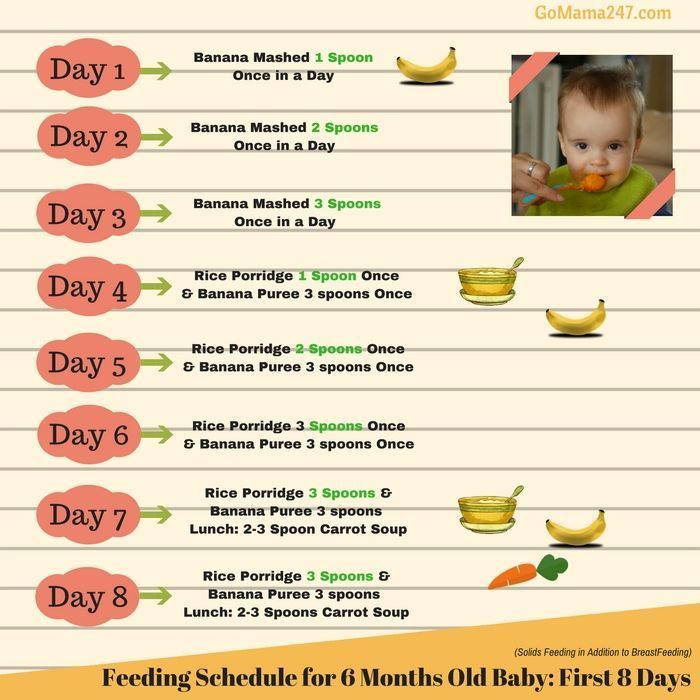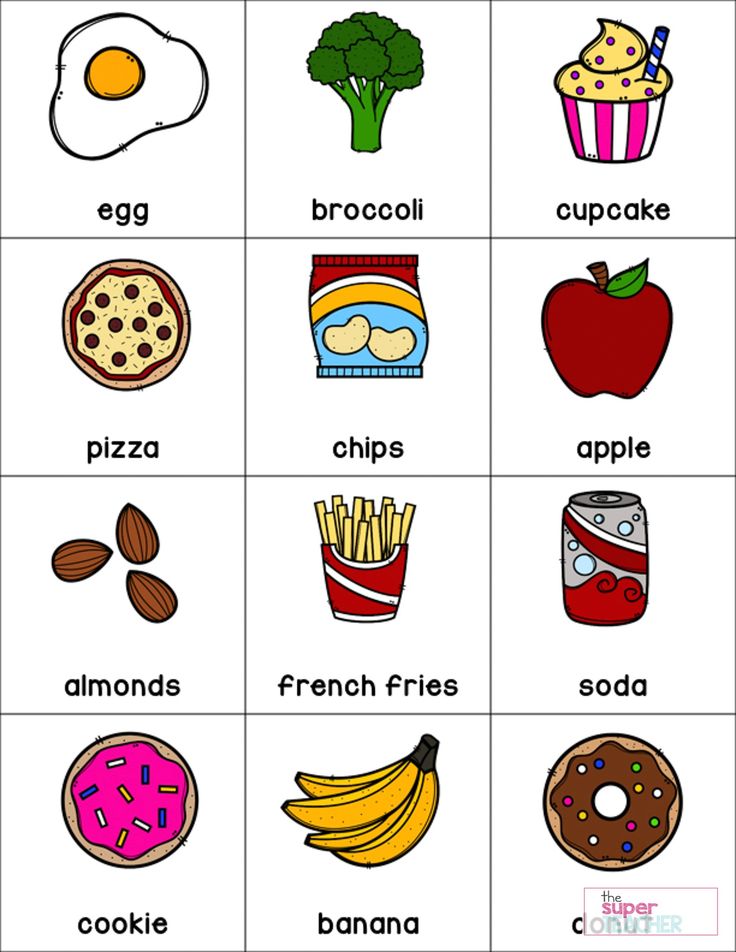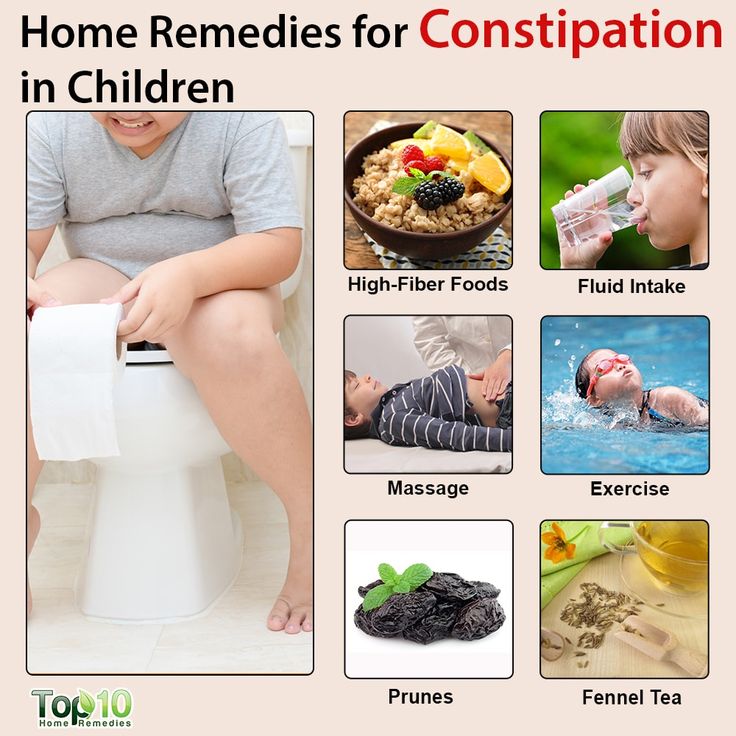Baby lips black after feeding
Should You Wipe Baby Lips After Feeding? (Discoloration & Dry Skin)
Your baby’s lips can tell a lot about their health. Are they chapped? Are they discolored? There are several reasons why you may have noticed your baby has blue, black, overly pink, or dry. Did you know that it could be due to leftover over food on their mouths?
Should you wipe your baby’s lips after feeding? Breastmilk is generally considered to be healthy for a baby’s skin and should cause no issues when left on their lips. However, it is possible for milk residue to cause discoloration (darkening) of a baby’s lips over time and using a soft cloth to wipe after feedings should prevent it.
If you want to learn the reasons why your baby’s lips may change colors, keep reading for some helpful information.
Table of Contents
Why do Baby Lips Change Color?
If your baby has discolored lips, it could be from food or something more serious. Here are a few reasons why your baby would have discolored lips:
- Black lips: Black lips are common in babies that don’t get their mouth wiped after breastfeeding.
It happens because the milk builds up on their inner or outer lip, leading to discoloration over time as the milk spoils and breaks down.
- Cyanosis (blue or purple lips): could indicate a lack of oxygen and is a potentially serious issue the lips stay this color and your baby seems to become less responsive. This effect can also present in the legs. . However, if it only happens when there is a rapid temperature change, it just means your baby is adjusting to the temperature and it’s pretty common to see a baby’s lips change color in this way after getting out of the bath or when going outside into colder temperatures.
- Very Red: While red lips may be normal, especially if your baby is outside in higher temperatures, dry or cracked lips that appear red and swollen could be a sign of chapped lips, which may be painful for your baby.
Why do Baby Lips Turn Black?
Black lips on a baby aren’t always a cause for concern. This could simply be because the baby may be sucking too hard while breastfeeding, bottle-feeding, or sucking on a pacifier. It is more common in babies with darker skin complexions, but babies with lighter complexions may get it as well.
This could simply be because the baby may be sucking too hard while breastfeeding, bottle-feeding, or sucking on a pacifier. It is more common in babies with darker skin complexions, but babies with lighter complexions may get it as well.
Another possible reason for a blackish tint on your baby’s lips is due to leftover milk. The milk may attach to the lips and leave a black mark as the residue builds up over time. You can wipe your baby’s lips after feeding to get the excess milk off. You can use a damp cloth for this.
Are Black Lips Common?Absolutely!
As previously mentioned, black lips, especially black inner lips, are simply due to sucking too hard or too much. It will go away and should not stick around. The same goes for the black marks that form from milk being left on the lips. The black marks shouldn’t stick around as long as you are wiping their lips off after each feeding.
Additionally, make sure the marks aren’t being left from nipple cream, such as lanolin.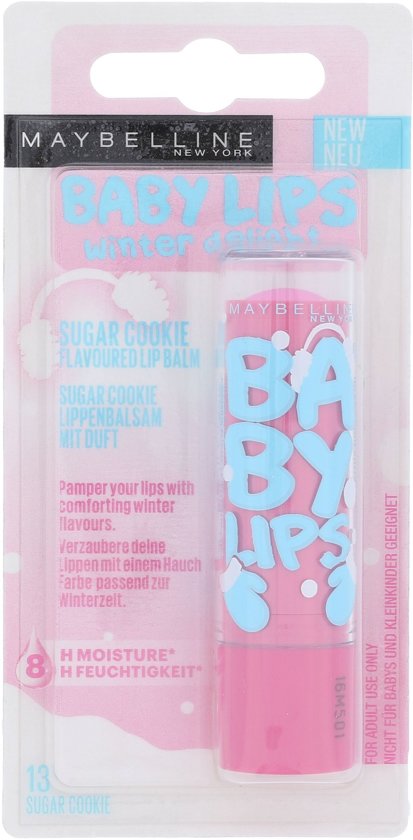 If you are using it, then gentry try to wipe it off before each feeding. We know it may be painful, but it could be the cause behind the black residue on their lips as the thick ointment collects dirt and milk residue.
If you are using it, then gentry try to wipe it off before each feeding. We know it may be painful, but it could be the cause behind the black residue on their lips as the thick ointment collects dirt and milk residue.
How Do You Clean Babys Lips After Feeding?
Keeping your baby’s mouth cleaned is a practice of good hygiene, not only for their lips but for their gums as well. There is a great method for cleaning your baby’s mouth that will not only keep the black lines away but will also prepare them for brushing when they are old enough, check it out:
Step 1: Wash your hands
Step 2: Prepare gauze, cotton, or cloth, and a glass of water
Step 3: Wrap it around your finger and dip it in water
Step 4: Gently wipe your baby’s upper and lower gum pad one time
Step 5: Gently wipe their lips
It is not necessary to wipe their gums after each feeding, just their lips..jpg) You should however wipe their gums after the last feeding of the night so there is no milk residue sitting on their gums overnight.
You should however wipe their gums after the last feeding of the night so there is no milk residue sitting on their gums overnight.
Why do Baby Lips Turn Blue?
Don’t be alarmed. There are many reasons why your baby’s lips could be blue. As previously noted, it could simply be due to a rapid temperature change and your baby’s body is trying to adjust. If you are noticing this condition when your baby is getting out of the bath, being changed, or otherwise exposed to cold air then you simply need to get your baby clothed and bundled up for warmth.
A more serious reason for blue or purple lips paired with a blue or purple tongue is due to a lack of oxygen. This is known as cyanosis. If you notice this, it’s vital that you cal 911 immediately. This may also be present at birth, which could indicate a congenital heart defect such as Tetralogy of Fallot.
Red Chapped Lips
It’s perfectly normal for your newborn to have dry skin and lips that are redder than other babies.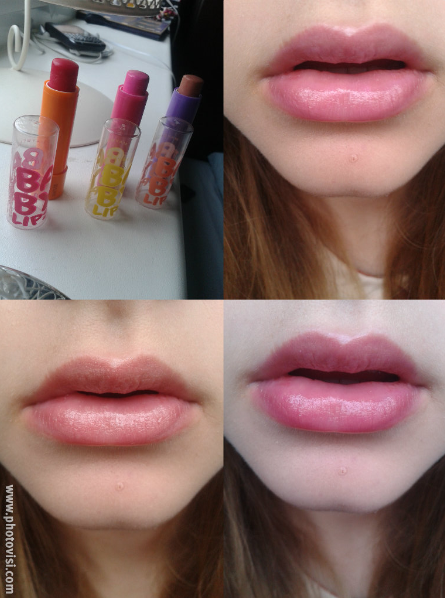 It’s not likely to cause a lot of pain for your baby, but it may be a little uncomfortable for them to have chapped lips. If your baby is still feeding well with the chapped lips, then it may not be bothering them too much.
It’s not likely to cause a lot of pain for your baby, but it may be a little uncomfortable for them to have chapped lips. If your baby is still feeding well with the chapped lips, then it may not be bothering them too much.
On the other hand, if your baby seems bothered by their chapped lips and aren’t really feeding well, here are some items you can use to moisturize your baby’s lips:
- Lanolin
- Breast milk
- Coconut oil
- Olive oil
- Petroleum jelly
- Baby-safe lip balm
Dab a small amount of one of these items on your baby’s lips to heal ease their pain or discomfort.
How Does A Baby Get Chapped Lips?Babies have very sensitive skin, so it’s very common for them to get chapped lips. They can get their chapped lips in one or more of the following ways:
- Being dehydrated
- Shedding skin
- Sucking on their lips
- Skin sensitivities
- Certain medications
- Weather changes
- Nutritional deficiencies
- Kawasaki Disease (uncommon)
Are Dark Lips Normal for Babies?
Dark lips, depending on the reason, are very normal for babies.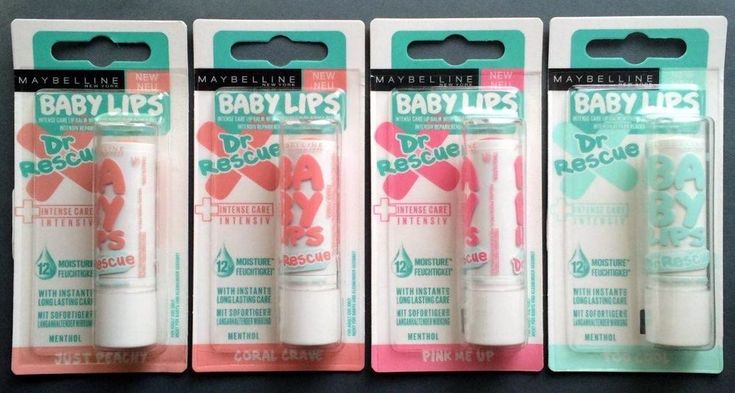 As we have already covered, black and red lips are very normal for newborns. The black lips are from sucking too hard or not wiping your baby’s mouth off after feeding. The red lips are simply due to the fact that their lips are naturally very red or they are chapped.
As we have already covered, black and red lips are very normal for newborns. The black lips are from sucking too hard or not wiping your baby’s mouth off after feeding. The red lips are simply due to the fact that their lips are naturally very red or they are chapped.
If you have just come in or gone out into the cold and you only notice a little bit of blue that fades once they are warm, this is just a reaction to their body adjusting to the sudden change in temperature and isn’t a cause for concern but should still be discussed with their pediatrician.
However, if your baby has blue lips, especially when paired with a blue tongue or blue nailbeds, then this is a cause for concern and you should dial 911. This indicates an issue with oxygen and their saturations may be too low.
Newborn chapped lips: Treatment and causes
Newborn babies sometimes get dry skin, and their lips may appear chapped as their skin adjusts to the environment outside the womb. Several home remedies can help moisturize their lips and ease any discomfort.
It is common for a newborn’s lips to appear more dry and red than an older baby’s, but this is unlikely to cause any signs of pain or discomfort. It may occasionally seem that chapped lips are uncomfortable for a newborn, but this symptom is not usually a cause for concern.
If a baby has chapped lips but seems comfortable and is feeding well, caregivers may choose to monitor them for other symptoms and mention it to their pediatrician at the next visit. If chapped lips seem to bother a baby, caregivers can try out a range of gentle, effective home remedies to relieve this symptom.
If other symptoms are also present, chapped lips can suggest an underlying condition, such as an infection or dehydration. If a newborn baby has chronic chapped lips or other symptoms, it is best to see a doctor to rule out any serious causes.
Share on PinterestChapped lips in newborns may feel dry to the touch, look sore, and have cracks on the surface.It is possible to treat a newborn’s chapped lips using home remedies. However, if the problem gets worse or becomes chronic, caregivers should make an appointment with a doctor.
However, if the problem gets worse or becomes chronic, caregivers should make an appointment with a doctor.
Signs of chapped lips in newborns include:
- lips that look sore, red, or dry
- lips that feel dry to the touch
- cracks appearing on the surface of the lips and becoming deeper over time
- cracks that bleed
- skin darkening around the lips
To treat these symptoms and moisturize the newborn’s lips, people can try the following methods:
1. Rub lanolin on their lips
When breastfeeding, many people use lanolin creams to help soothe cracked nipples. Lanolin occurs naturally in sheep’s wool. This cream is safe to use on a newborn’s dry lips and can help soothe and hydrate them.
2. Dab breast milk on their lips
Breast milk is full of antibodies that can help fight off disease. In the first days after giving birth, a mother’s breast milk contains colostrum, which can protect newborns from bacteria and viruses.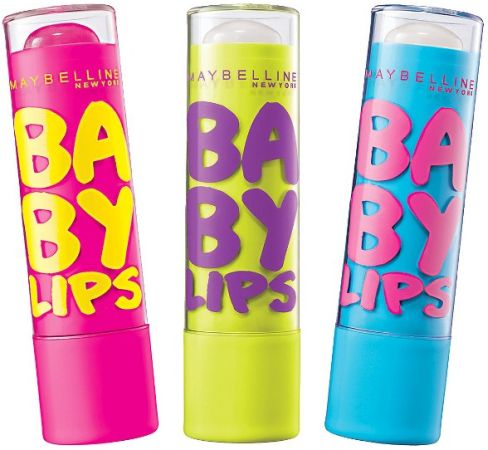
Applying a few drops of breast milk to dry, cracked lips can help soothe and moisturize them. In addition, it might lower the risk of infection.
3. Apply oils or petroleum jelly
Natural oils, such as olive oil and coconut oil, have moisturizing properties. Applying a very small amount of one of these oils to a newborn’s lips may soften the skin and reduce dryness.
Petroleum jelly can help lock in moisture. Applying a thin layer of petroleum jelly before bedtime will protect the lips against drool that could dry them out overnight.
People should use petroleum jelly with caution, as it can cause diarrhea, stomach pain, or coughing if the baby swallows it.
4. Use baby-safe lip balm
Caregivers should avoid using adult lip balms on newborns and only use products that have passed safety tests for babies.
Lip balms that are suitable for babies and infants usually contain natural ingredients, and they should not include the same chemicals as adult lip balms.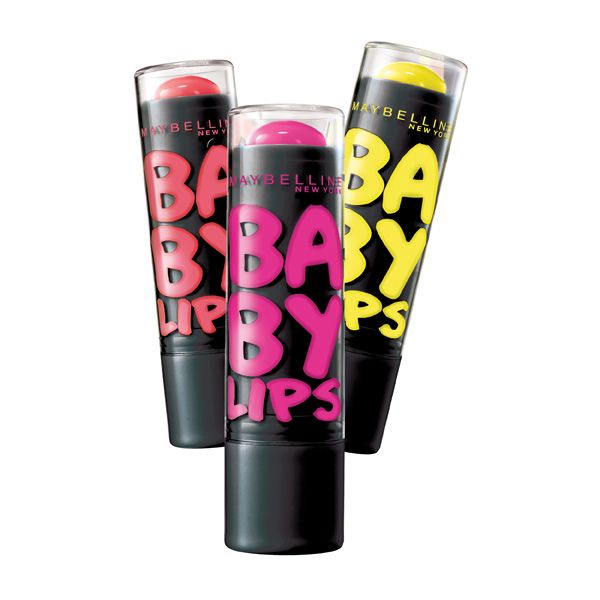
However, before using a new product on a newborn, people should talk to their doctor or pediatrician about any possible risks.
5. Wrap up well in cold weather
Weather extremes can quickly dry out a newborn’s sensitive lips. Wind, cold, and sun can all cause dry or cracked lips. Protecting a newborn’s skin from harsh weather, including hot and cold temperatures, may help keep chapped lips at bay.
Caregivers should apply a layer of baby-safe lip balm to protect a newborn’s lips before going outside, particularly if it is unusually hot, cold, or windy.
6. Use a humidifier
Keeping the air moist can help prevent a newborn’s skin from drying out. A humidifier will help increase the moisture level in the atmosphere, and using one in the baby’s room could help keep their skin and lips hydrated.
7. Feed them more regularly
Newborn babies can quickly become dehydrated unless they feed at regular intervals, and chapped lips can be a sign of dehydration in a baby who is feeding poorly or is ill or vomiting.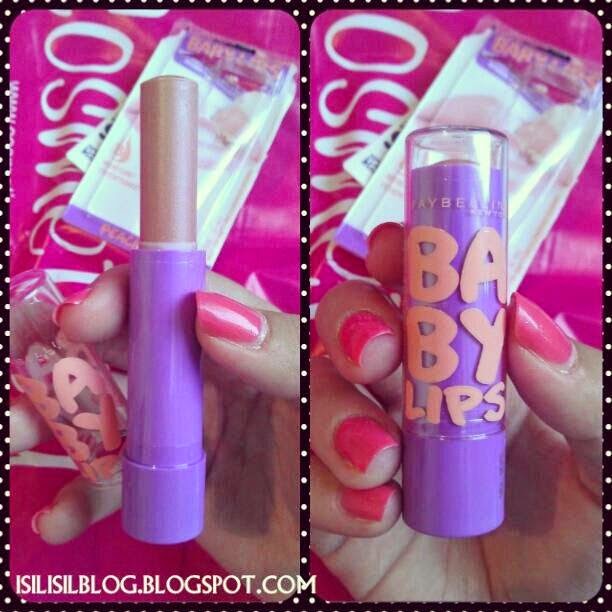
Every baby has a different feeding schedule. During the first few weeks to months of life, breastfed infants will usually want milk every 1–3 hours, or about eight to 12 times over 24 hours.
If a baby with chapped lips seems to be eating less than usual or has fewer wet nappies, they may be dehydrated.
If a person suspects that their baby is dehydrated, they should seek immediate medical attention.
While chapped lips in babies should rarely be cause for concern, if a baby has chronic chapped lips or is very young, it is important to rule out any underlying conditions.
Newborns may have chapped lips for many reasons, including:
Dehydration
Share on PinterestNewborns can have chapped lips due to dehydration.
Newborns can become dehydrated if they do not get enough breast milk or formula milk. On particularly hot days, babies may require additional feeds to prevent dehydration.
The number of wet nappies that a baby should have in a 24-hour period depends on how old they are. Newborns tend to produce around four or more stools per day in the early weeks. This number is likely to decrease after 6 weeks.
Newborns tend to produce around four or more stools per day in the early weeks. This number is likely to decrease after 6 weeks.
Other signs of dehydration in babies include:
- a sunken fontanel, which is the “soft spot” on a baby’s head
- sunken eyes
- crying with no tears
- dry skin
- cold, blotchy hands or feet
- drowsiness
- a fast heartbeat
Skin shedding
Newborns will typically shed some skin layers after birth, as their skin adjusts to the outside world. This is a normal process, and it can cause both peeling skin and dry lips.
Sucking or licking the lips
Newborns have a strong sucking instinct, so they may continue to suck or lick their lips even when they are not feeding. This can cause the lips to become dry because the saliva on them evaporates and leaves them more dehydrated than before.
Skin sensitivities
A newborn with sensitive skin may develop chapped lips as a reaction to an irritant.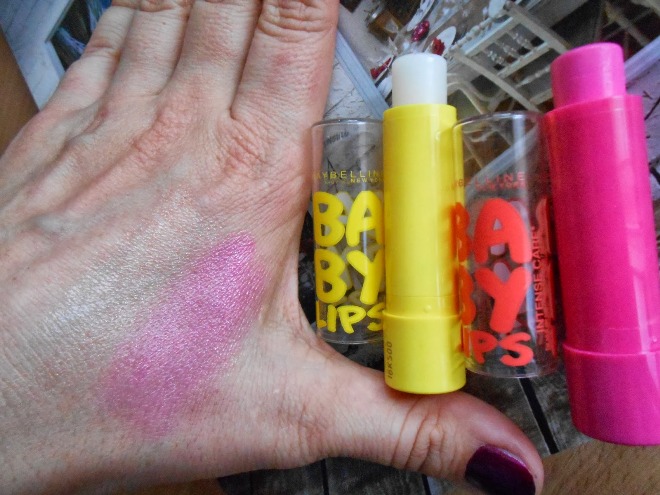 Some newborns are sensitive to cosmetics, for example, so kissing a baby while wearing makeup could trigger a rash and cause cracks to appear on the lips. Cloths, wipes, lotions, and creams could also trigger a reaction in some infants.
Some newborns are sensitive to cosmetics, for example, so kissing a baby while wearing makeup could trigger a rash and cause cracks to appear on the lips. Cloths, wipes, lotions, and creams could also trigger a reaction in some infants.
Medications
Chapped lips can develop as a side effect of certain medications. Caregivers should discuss the possible side effects of any medication with a doctor or pediatrician before giving it to a newborn.
Changes in the weather
Heat, cold, and wind can all result in chapped lips in newborns. Fluctuating weather can draw moisture from the skin and could leave a baby’s lips dry and cracked.
Nutritional deficiencies
Rarely, chapped lips could be a sign that a newborn is deficient in certain nutrients. Without the right balance of nutrients, the lips may not stay looking healthy. People who suspect that their newborn has any nutritional deficiencies should speak to a doctor.
Kawasaki disease
Kawasaki disease is an uncommon condition that affects babies and children.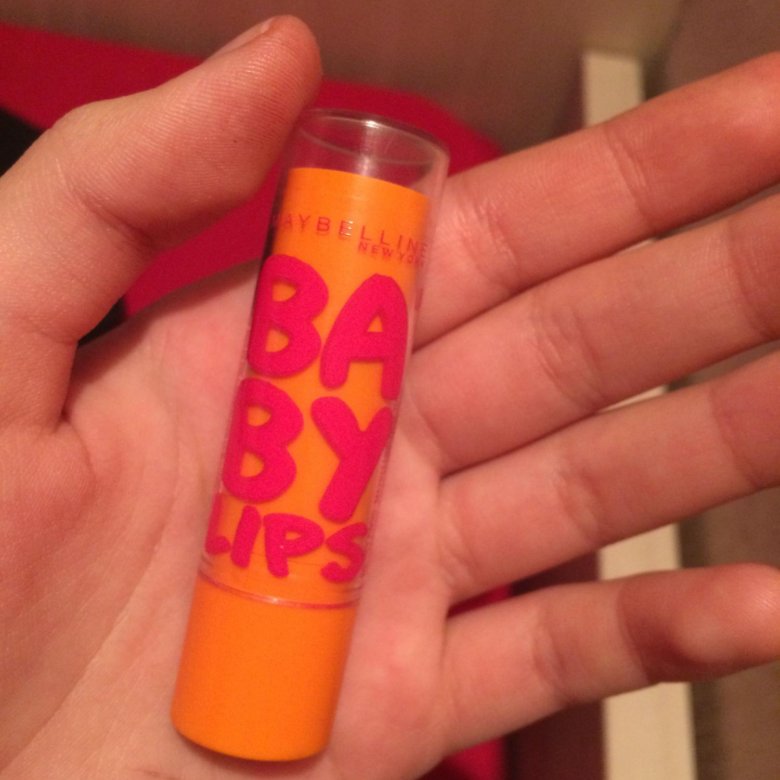 It causes prolonged fever and inflammation of the blood vessels. The disease usually appears between the ages of 6 months and 2 years, and the incidence is very low in infants under 3 months old.
It causes prolonged fever and inflammation of the blood vessels. The disease usually appears between the ages of 6 months and 2 years, and the incidence is very low in infants under 3 months old.
As well as red, chapped lips, Kawasaki disease can cause fever, a red rash, and swollen arms and legs.
While many cases of chapped lips in a newborn will resolve without treatment or with use of the home remedies above, this symptom may also require a trip to the doctor.
If someone is concerned that their newborn has an underlying health condition or is dehydrated, they should make an appointment with a doctor as soon as possible.
It is vital to keep watching for any additional symptoms and to tell a doctor about any changes that cause concern.
Share on PinterestA humidifier can prevent the air from becoming too dry.
People can take certain precautions to lower the risk of a newborn developing chapped lips, including:
- Keeping the house at a consistent, ambient temperature and using a humidifier if necessary, can help prevent the air from becoming too dry.
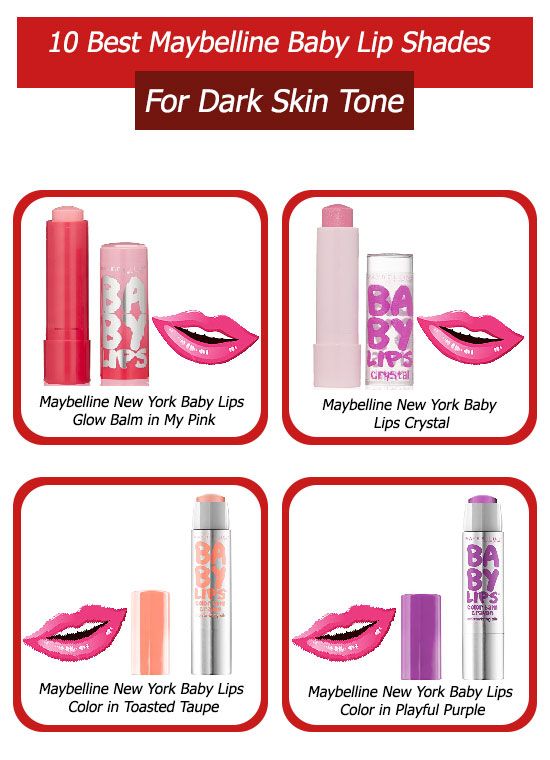
- Ensuring that the baby is wearing weather-appropriate clothing when outdoors can protect them from the cold, sun, and wind.
- Being mindful that a baby’s skin is thinner and more sensitive than adult skin and avoiding the use of any lotions or creams unless they are baby-safe can reduce the risk of dry lips.
- Feeding a newborn regularly and increasing feeds in hot weather can help keep a baby adequately hydrated.
It is common for newborns to develop chapped lips, and it is rarely a cause for concern. Taking appropriate prevention methods and seeking quick treatment when a newborn’s lips do start to become chapped can help relieve symptoms.
Lanolin, coconut oil, and breast milk can all help moisturize a newborn’s lips.
People should speak to a doctor if home remedies do not help, or if the newborn baby shows any other symptoms.
what it is, symptoms, types and treatment in children and adults
January 26, 2022
Cheilitis is an inflammatory disease of the lips, skin around the lips and lip mucosa.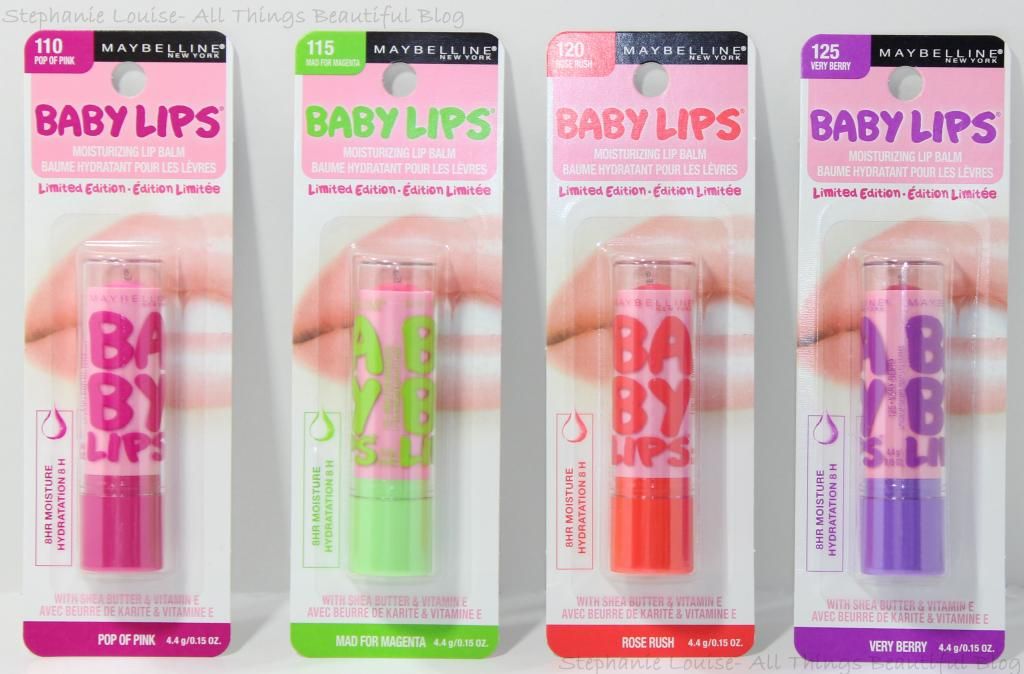
MKB-10 Code
- K13.0 Disease of the Gub
- K13.01 Heil Geneular apostemate
- K13.02 HILILIT Exfoliative
- Khait without additional clarifications
- K13.04 Hailodinium
- K13 K13 K13 K13 K13 K13 K13 K13 K13 K13 K13 K13.011. 08 Other specified diseases of lips
- K13.09 Disease of the lips, unspecified
- K13.1 Cheek and lip biting
How common is cheilitis
Cheilitis occurs in about 38% of the population, more often in people aged 45 to 64 years. The most common exfoliative cheilitis. Among young people under 34, men are more prone to cheilitis, but older women get sick more often than their male peers. 1
The structure of the lips
- The visible part of the lips that women wear lipstick is called0005 Red border
- under the red border is Mucous membrane of the lip
- skin, the lips surrounding the lips is called skin lips
Causes of cheilitis
- Non -seizure Non licking and biting lips, the habit of chewing a pen)
- anomaly in the structure of the lips
- emotional and physical overload
- infections
Cheilitis often occurs against the background of diseases of the digestive, endocrine, nervous and immune systems.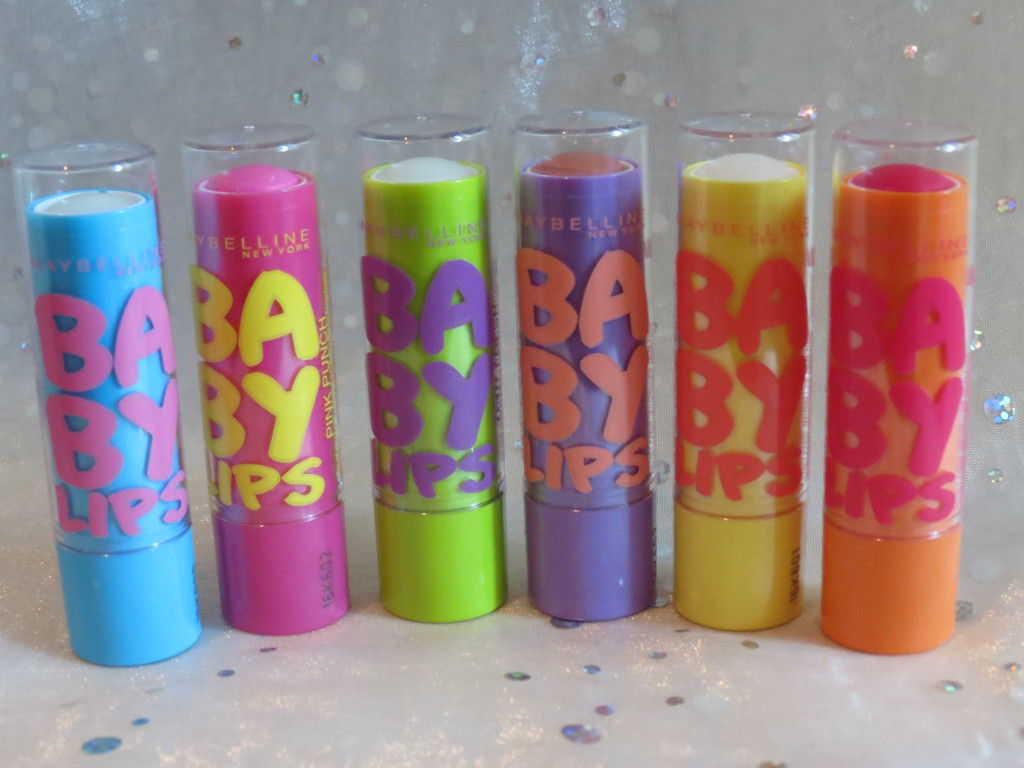 An important role is played by poor oral hygiene, multiple caries, since in this situation the number of microorganisms in the mouth increases. 2 Cheilitis often occurs in children with bronchial asthma, diabetes mellitus. 3
An important role is played by poor oral hygiene, multiple caries, since in this situation the number of microorganisms in the mouth increases. 2 Cheilitis often occurs in children with bronchial asthma, diabetes mellitus. 3
Cheilitis classification
4Cheilitis is divided into:
1.
Symptoms of cheilitis
The main symptoms of cheilitis are:0011 redness Less commonly: blisters, blood crusts, exudate (fluid discharge). The severity of symptoms and their presence depends on the type of cheilitis. Most of us have encountered it, it occurs due to weather conditions - wind, cold, high or low air humidity, its dust content. Manifestations : lips bright red, dry, tight and covered with small scales, in simple terms "chapped". Dryness of the lips leads to their constant licking, which exacerbates the disease. Caused by an allergy to cosmetics, toothpaste, ointments, crown materials, braces, etc. Often women encounter it when they are allergic to a new lipstick. Symptoms: dryness, itching, burning, redness, peeling appear at the site of contact with the allergen, bubbles may appear that burst, leaving cracks and erosion (a superficial defect of the skin and mucous membranes). When contact with the allergen is stopped, the disease disappears, spontaneous relapses do not occur. nine0003 Is a chronic (ie, lasts for many years) disease that is accompanied by scaling. Causes: : disorders of the nervous and immune systems, genetic predisposition and psychosomatic disorders (depressive states), young women are predominantly ill. Exacerbations of the disease often occur in the fall, and in the summer the symptoms subside. It occurs in two forms: dry and exudative (exudate is a liquid released during inflammation). nine0003 In dry form the lips are dry, scales form on them, itching and burning are sometimes observed. After about 7 days, the scales are easily removed, leaving a bright red surface without damage in their place. People "bite" the scales, but after a few days they form again. Lips swollen, painful and bright red, more often only the lower lip is affected. Large yellow or brown crusts appear on the lips. After removing the crusts, a red surface of the lips with milky exudate is found, there are no erosions. nine0003 With this form, the process never goes to the corners of the mouth and the skin around the lips. Caused by hypersensitivity to sunlight. Men from 20 to 60 years old are more often ill, exacerbations appear in summer and spring. 5 The lower lip is more commonly affected than the upper lip, and may rarely be accompanied by facial eczema (a skin disease characterized by inflammation and itching). There are two forms: Dry: with this form, the lips become dry, covered with white scales. Exudative: in this case, the lips are swollen, bright red, bubbles appear, then they burst and crusts, cracks, erosion form. Important! This cheilitis can lead to complications. Requires urgent treatment and observation. Occurs due to the movement of the salivary glands into the lip tissue, their enlargement and strengthening of their function, and a congenital anomaly of the structure can also be the cause. With simple form there may be no complaints, or there may be roughness and tuberosity of the lips. Serous inflammation is manifested by swelling and redness, as well as the release of drops of a clear liquid, this is called the “dew symptom”. Due to the constant wetting of the lips with saliva, they peel off, cracks and erosion form. The purulent form occurs due to infection in the salivary glands. The lips are covered with brown or yellow-green crusts, there is pain and enlargement of the lips. Cracks and erosions appear around the salivary glands, and purulent exudate is released from them. May lead to the formation of an abscess (purulent inflammation of the tissues). If this form exists for a long time, it can turn into a fibrous form , i.e. proliferation of connective tissue occurs, while the salivary glands become clogged, their contents cannot exit, and cavities with fluid - cysts - form inside the lip. With this form, the lips greatly increase in size, their surface becomes bright red and bumpy. The causes of this disease are not fully known. It is believed that with a chronic crack of the lip, psycho-emotional factors, vascular pathology, bad habits, the structure of the lip with a longitudinal crease, and chronic trauma take place. nine0003 Manifestations: solitary, painful deep fissure, usually on the lower lip, may involve the lip mucosa but never extends to the skin. A feature is the constant appearance of a crack in the same place. With prolonged existence, the edges of the crack can become denser, and with improper treatment, complications are possible. This is a symptom of atopic dermatitis (atopy is a tendency to allergic reactions). It is more common in children and adolescents aged 7 to 18 years, equally common in girls and boys. People suffering from this disease are allergic to many foods and medicines, and close relatives have similar symptoms. As a rule, this disease has a genetic predisposition. In most children, the symptoms disappear over time, in others the disease recurs for life. nine0003 The red border is affected, especially the corners of the mouth. The skin around the lips and the mucous membrane of the lips is never affected. Itching appears, the lips become red, slightly painful and slightly swollen, redness, peeling and small cracks also appear in the corners of the mouth, at the same time a small area of the skin around the lips becomes inflamed. When the inflammation subsides, peeling, dryness appears. It can also be accompanied by skin lesions on the elbows, under the knees and on the cheeks. Has a neuro-allergic nature, often accompanied by facial eczema. The disease can have an acute and chronic course. nine0005 In the acute course of More about each type of cheilitis
Cheilitis (only the lips are affected)
Meteorological cheilitis
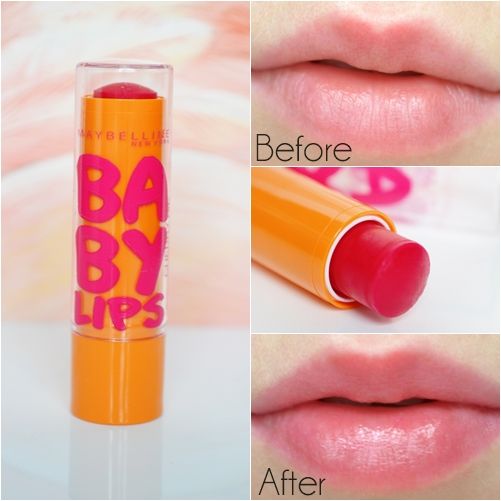 Men are more likely to get sick, because women usually protect their lips with lipstick or balm, and also because men tend to work more outdoors. nine0003
Men are more likely to get sick, because women usually protect their lips with lipstick or balm, and also because men tend to work more outdoors. nine0003 Contact cheilitis
Exfoliative cheilitis

Exudative form of cheilitis
 The dry form can become exudative and vice versa.
The dry form can become exudative and vice versa. Actinic cheilitis
Glandular cheilitis
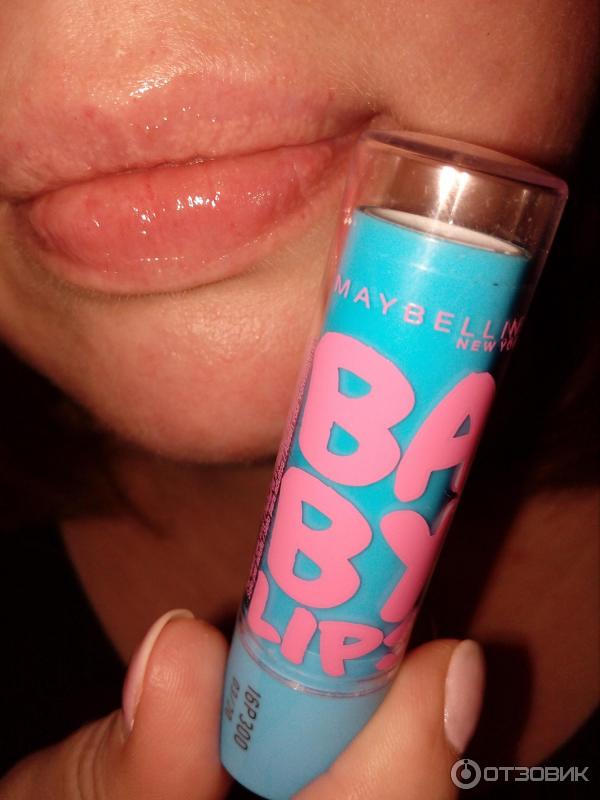 Those. Normally, there are no salivary glands on the red border of the lips, and with this disease they appear. The lower lip suffers twice as often as the upper lip; people aged 40-60 are more likely to get sick. Allocate simple glandular cheilitis and complicated by serous or purulent inflammation .
Those. Normally, there are no salivary glands on the red border of the lips, and with this disease they appear. The lower lip suffers twice as often as the upper lip; people aged 40-60 are more likely to get sick. Allocate simple glandular cheilitis and complicated by serous or purulent inflammation .  nine0003
nine0003 Chronic fissure of the lip

Symptomatic cheilitis
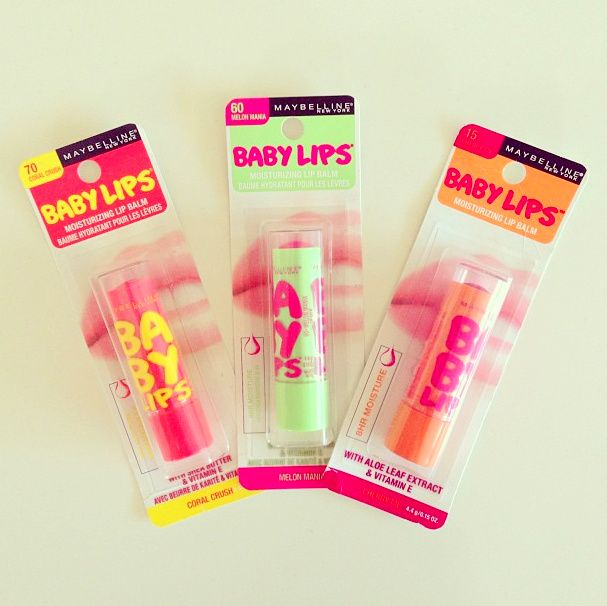
Eczematous cheilitis
In the chronic course of , the edema is less pronounced, the lips are slightly reddish, peeling, cracks and blood crusts are observed. nine0003
Rossolimo-Melkersson-Rosenthal syndrome
This is a chronic disease, its causes are unknown, women are somewhat more often ill. It is manifested by three symptoms:
- paresis (decrease in muscle strength and limitation of mobility) and paralysis (complete lack of movement) of facial muscles
- edematous-folded tongue - macroglossia
- persistent swelling of the lips - macrocheilia The syndrome is manifested by edema, reddening of the lips (sometimes with a blue tint), the lips are dry, flaky, and cracks appear.
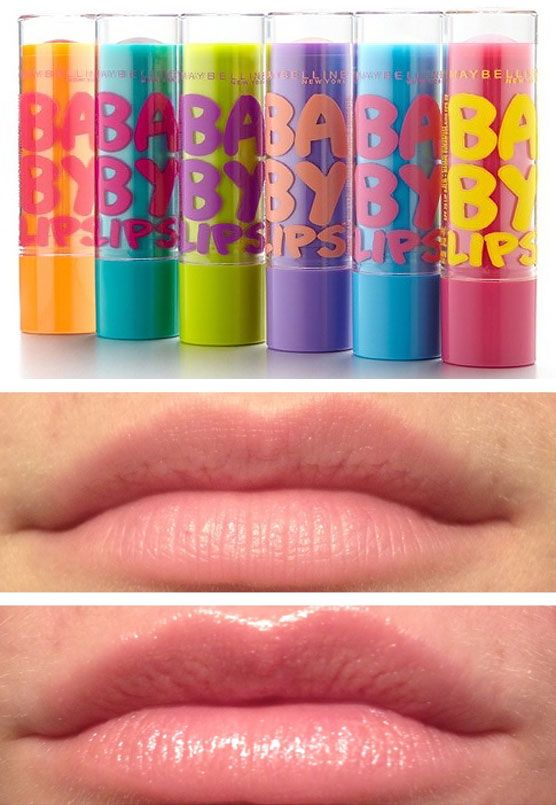 Lip augmentation is asymmetrical. In rare severe cases, there is a shapeless swollen lip that lags behind the teeth, a distortion of the face and a drooping corner of the mouth appear. nine0003
Lip augmentation is asymmetrical. In rare severe cases, there is a shapeless swollen lip that lags behind the teeth, a distortion of the face and a drooping corner of the mouth appear. nine0003 Misher's granulomatous cheilitis
The disease is manifested by severe inflammatory edema of the lips, usually the lower lip, the edema never disappears completely. Subsequently, the lips steadily increase in size, the disease can pass to the cheek.
Cheilitis in case of hypovitaminosis
Vitamin A deficiency dry lips, cracks appear.
With a lack of vitamin B2 , cracks appear in the corners of the mouth, the so-called "jams", burning and dryness of the lips, then blisters and crusts appear. Rarely, the lip may swell, it becomes shiny with small scales, painful cracks appear and glossitis (inflammatory disease of the tongue) develops. nine0003
With a deficiency of B6 , cracks appear in the corners of the mouth, and redness appears on the red border.

With a lack of vitamin PP , the lips are swollen, dry, cracks form, which are covered with blood crusts. The tongue is also affected, it is crimson in color, shiny and smooth.
Infectious cheilitis
More often manifested as angular lesions - jam.
In the case of an infection caused by staphylococci and streptococci, erosions appear, covered with yellow crusts, and the skin around the mouth is often captured. Opening of the mouth is painful, making speech and eating difficult. It is also not uncommon - this is an increase and soreness of the lymph nodes. nine0003
Viral cheilitis
Most commonly caused by the herpes simplex virus. The disease begins with redness and itching, then a group of blisters appear on the lip, they burst and form erosions, which then become covered with a crust. At the same time, stomatitis and swollen lymph nodes may appear. Herpes is a chronic infection, so this cheilitis appears again and again.
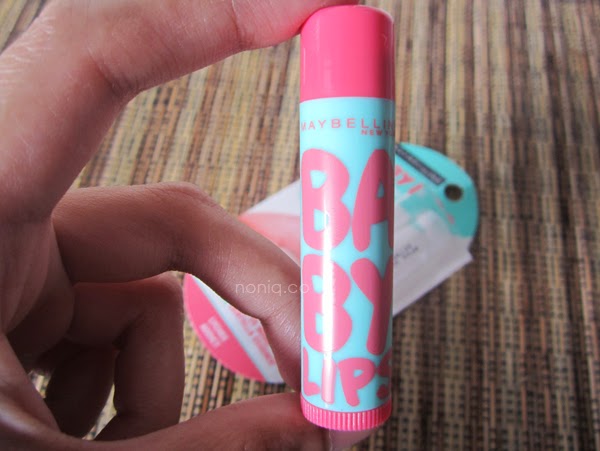 Usually, it reappears with a decrease in immunity (ARVI, influenza, etc.) and stress. The frequency of relapses is individual and depends on the strength of the immune system. nine0003
Usually, it reappears with a decrease in immunity (ARVI, influenza, etc.) and stress. The frequency of relapses is individual and depends on the strength of the immune system. nine0003 Candidal cheilitis
This is a fungal disease caused by Candida fungus. Characteristic is the presence of white plaque in the oral cavity and a bright red mucosa under it. Lips become red, swollen, dry, covered with gray scales. Possible combination with lesions of the oral mucosa ( stomatitis ) and tongue ( glossitis ). It can also appear in the form of candidal seizures - deep cracks in the corners of the mouth, covered with white plaque and scales, more common in older people. nine0031 6
Important! With long-term non-healing wounds on the lips or with constant relapses of the disease, you should immediately consult a doctor!
Treatment of cheilitis
Treatment should always be complex and depend on the form of cheilitis.
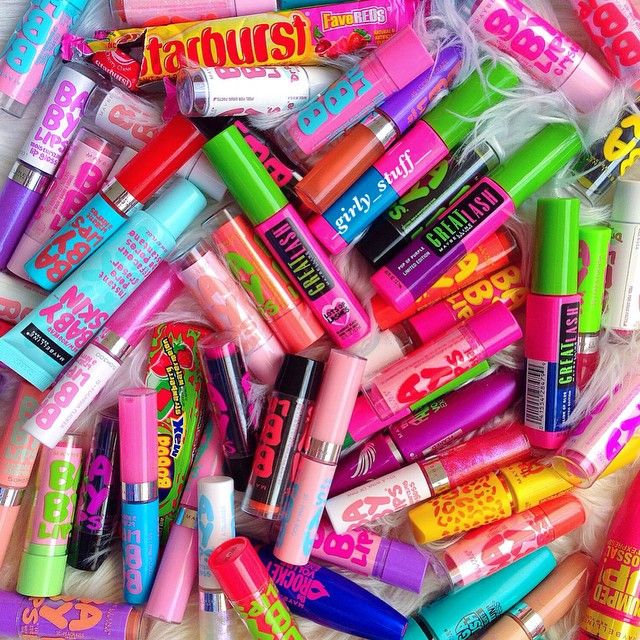
General treatment:
- Normalization of nutrition, adherence to a diet that does not contain allergens, avoidance of spicy, irritating food nine0347 Important! These drugs are taken only on prescription!
- Antiallergics
- Sedatives
Strictly prescribed by the attending physician!
Local treatment:
- Analgesic drugs (if necessary)
- Antiseptics
- Proteolytic enzymes for cleansing Erosion
- after subsidiating inflammation and pain - healing ointments
- Corticosteroid ointments
- 7
Important! They are rarely prescribed and only by a doctor, because they have many side effects - Physiotherapy
- Surgical treatment
Also, in case of actinic cheilitis, it is necessary to reduce exposure to the sun, it is necessary to use cream and lipstick with SPF.
Treatment of cheilitis is carried out by a dentist, often together with a therapist, a neurologist.

Tantum
® Verde for the treatment and prevention of cheilitisAn important step in the treatment and prevention of cheilitis is the observance of oral hygiene: removal of tartar and plaque, caries treatment, mouth rinsing and lip treatment with antiseptic solutions. Proper hygiene can reduce the likelihood of recurrences of cheilitis. nine0003
For these purposes, as well as to reduce pain and inflammation, the solution and spray Tantum ® Verde 16.17 are recommended. The composition of the drug includes the substance Benzydamine, which has anti-inflammatory, antibacterial, antifungal and analgesic effects. 12,13,14,15
It is worth noting that often candidiasis affects both the oral mucosa ( stomatitis ) and the lips ( cheilitis ) - in this case, complex treatment with drugs of multidisciplinary action can give a long-term result. nine0003
Spray Tantum ® Verde Fort
Special for adults
Read more
solution Tantum ® Verde
Read more :
- strengthening immunity, maintaining a healthy lifestyle
- using creams, lipsticks with SPF
- using hygienic lipsticks
- healthy diet
- regular visits to the dentist
- competent cleaning of teeth at home, as well as professional removal of dental plaque in the dentist's chair
- avoidance of contact with allergens
- annual medical examination to identify common diseases 9010 9020 treatment of systemic diseases taking antibacterial drugs should be carried out exclusively as directed by a doctor and in conjunction with a course of probiotics
1.
 Can cheilitis be treated surgically?
Can cheilitis be treated surgically? Yes, some forms require surgical treatment (Mischer's cheilitis, glandular cheilitis, chronic fissure), but most cheilitis is treated conservatively.
2. How do you know if you are deficient in B vitamins?
Signs of a lack of B vitamins are fatigue, insomnia, muscle pain, dryness of the oral mucosa, seizures, peeling of the skin of the face, brittle nails, fainting, memory problems. The surest way is to take a comprehensive analysis for vitamins. nine0003
3. Is cheilitis for life?
There are forms of cheilitis that constantly recur, but even in this case, if the recommendations are followed, extremely rare manifestations can be achieved.
Blue nasolabial triangle - causes, threats, what to do?
Blue nasolabial triangle.
Very often, parents turn to the pediatrician with complaints of blue around the lips or, as it would be more correct to say, cyanosis of the nasolabial triangle.
 What is it and is it worth worrying about this issue, we will now consider with you. nine0003
What is it and is it worth worrying about this issue, we will now consider with you. nine0003 The nasolabial triangle is an area on the face bounded by the nasolabial folds on the sides, the nose above and the lips below. Cyanosis can be caused by physiological (i.e., occur in absolutely healthy babies) and pathological (with various diseases) conditions of the body.
Physiological conditions .
In the region of the nasolabial triangle, the blood supply is highly developed: both arterial and venous vessels are present. And the skin of infants and young children is very thin and delicate, so the vascular plexuses seem to “shine through” through it and it seems bluish. nine0003
Crying baby . Sometimes mothers note that cyanosis appears when crying or crying for a long time. This is due to the peculiarity of the pulmonary system in newborns. At this time, the level of oxygen in the body decreases (its amount can drop to 92%), and the capillaries expand from tension and therefore are clearly visible through thin skin.
 In medicine, this phenomenon is called pulmonary cyanosis, and does not pose any threat to health. It disappears when the baby calms down. As the child grows older and the lung function improves, this symptom disappears. nine0003
In medicine, this phenomenon is called pulmonary cyanosis, and does not pose any threat to health. It disappears when the baby calms down. As the child grows older and the lung function improves, this symptom disappears. nine0003 Feeding. Breast sucking is a big load for the crumbs, during which capillaries appear and become noticeable at the surface of the skin. After feeding, the blue immediately disappears.
Low air temperature . When the baby is cold, some parts of the body, including the nasolabial triangle, may turn blue. This is due to the imperfect heat exchange system of the child's body. As soon as the baby warms up, the skin will take on a natural color. The same thing happens while walking. If you notice a blue nasolabial triangle, it's time to leave the street, because this may be the first sign of a child's hypothermia. nine0003
We have examined with you the physiological conditions of cyanosis of the nasolabial triangle in children, not associated with the manifestation of any diseases.
 What pathological conditions can lead to the appearance of this symptom?
What pathological conditions can lead to the appearance of this symptom? Pathological conditions.
Respiratory diseases. Respiratory diseases that can lead to cyanosis of the nasolabial triangle include SARS, pneumonia, bronchial asthma, obstructive or allergic bronchitis, that is, those that lead to impaired air exchange. Of course, along with cyanosis, other symptoms of these diseases should also be present (fever, nasal discharge, prolonged dry cough). In this case, you cannot do without consulting a pediatrician, who, in turn, can refer you to other narrow specialists. nine0003
Foreign objects. This is another common cause of cyanosis of the nasolabial triangle. Young children are very curious. Taste buds are best developed in them, and therefore they learn the whole world through their mouths. Everything they are interested in is in the mouth - one careless breath and a tiny object enters the respiratory tract.
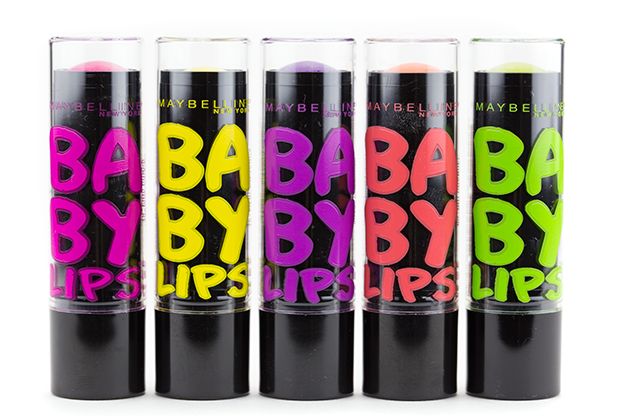 The child begins to cough strongly, greedily grab air with his mouth. It is necessary to provide first aid and call an ambulance.
The child begins to cough strongly, greedily grab air with his mouth. It is necessary to provide first aid and call an ambulance. First aid for foreign bodies in the respiratory tract : Turn the child face down and with force, but not excessive, tap on the back. It is better to carry out manipulations over a sofa or chair so that the baby does not fall to the floor, accidentally slipping out of your hands.
Second option. Sit in a chair or chair. Place the baby on the left knee face down. Your left hand should be on his chest and hold his neck. With your right hand, carry out strong pushes with the edge of the palm between the shoulder blades towards the mouth. Additionally, induce vomiting in the child by pressing your fingers on the root of the tongue. Follow all the steps until the ambulance arrives. nine0003
Neurological pathology. Very often, cyanosis can be observed in children who experienced hypoxia or asphyxia at the time of birth (for example, when entangled with the umbilical cord), and were also born prematurely.
 We see the blue nasolabial triangle in babies with increased intracranial pressure, with immaturity of brain structures. In any case, a consultation with a neurologist is necessary.
We see the blue nasolabial triangle in babies with increased intracranial pressure, with immaturity of brain structures. In any case, a consultation with a neurologist is necessary. Congenital heart defects . Cyanosis of the nasolabial triangle in a child is one of the first signs of congenital heart disease and heart failure. To clarify the diagnosis and timely treatment, it is necessary to conduct EchoCG (ultrasound of the heart), ECG and consult a cardiologist. nine0003
Problems with the development of the respiratory system. Malformations of the broncho-pulmonary system (tracheal stenosis, bronchial hypoplasia, etc.) can also lead to cyanosis of the nasolabial triangle. Such conditions require urgent treatment.
Poisoning by drugs or chemicals. Poisoning causes tissue hypoxia, which is manifested by a violation of the absorption of oxygen by cells, hence the cyanosis of the nasolabial triangle. Also, cyanosis will be observed in children in whose presence their parents smoke, as a consequence of nicotine intoxication.



